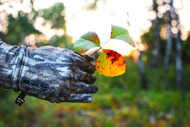Autumn Leaves and Poison Ivy: A Guide to Prevention and Home Remedies
Posted by Melissa Lindsay on Aug 30th 2023
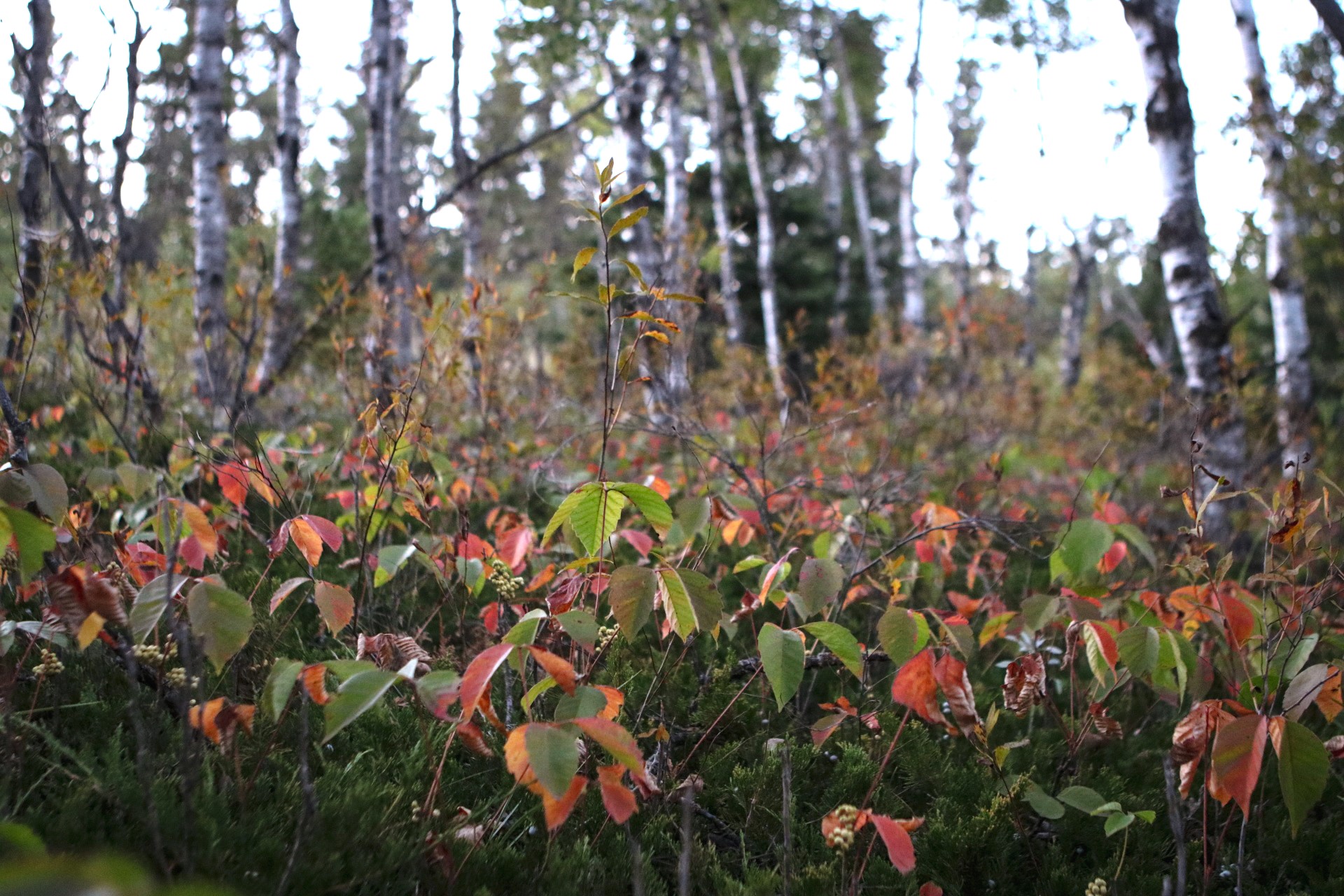
As the vibrant colors of fall foliage start to paint the landscape, there's one unwelcome visitor that often goes unnoticed amidst the beauty – poison ivy. As someone who is particularly susceptible to its effects, I've had my fair share of encounters with this troublesome plant. In this blog post, I'll share my personal experiences and some effective home remedies to help you manage and alleviate the discomfort caused by poison ivy rash in the fall.
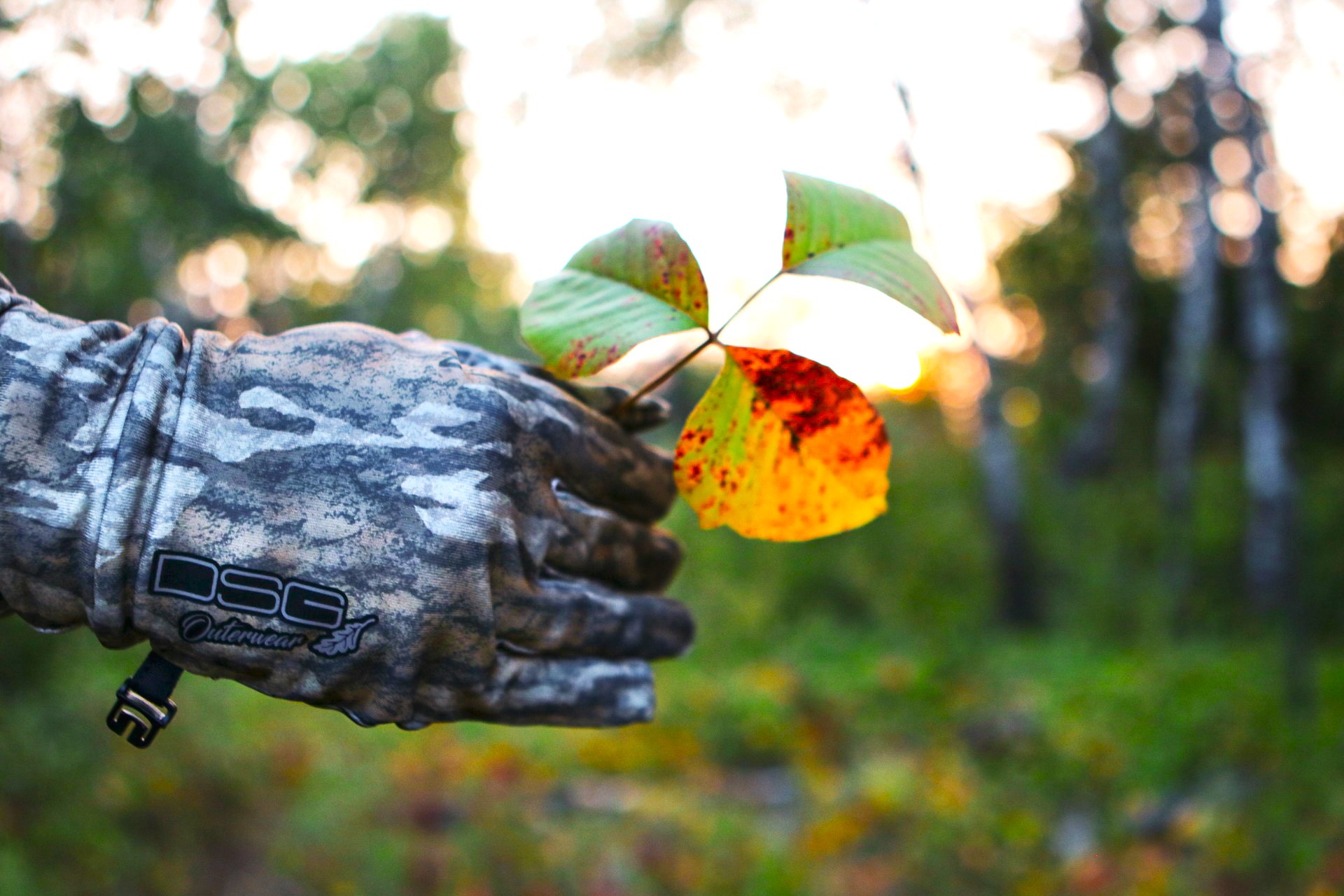
Identifying Poison Ivy
Before diving into remedies, it's crucial to be able to identify poison ivy. The saying "Leaves of three, let it be" holds true, as poison ivy typically has three leaflets. The leaves can change color in the fall, ranging from green to shades of red and orange. I find they really stand out and are easy to spot in Southwest Manitoba once they’ve started to change color.
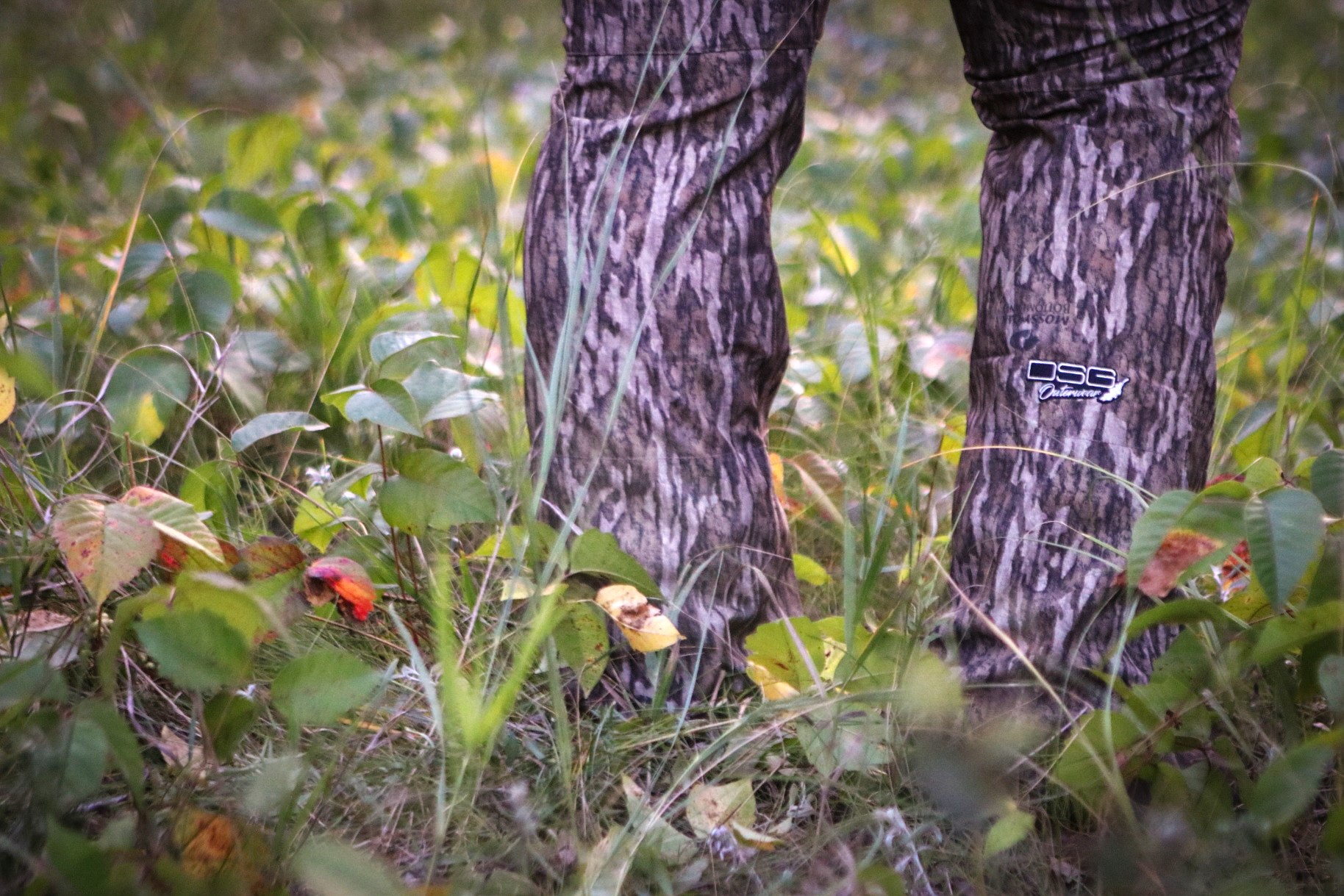
Prevention
The best way to avoid the misery of a poison ivy rash is prevention. When spending time outdoors during the fall, wear long sleeves, pants, and gloves to minimize skin exposure. It's also a good practice to apply a barrier cream or lotion containing bentoquatam, which creates a protective barrier against the plant's oils.
Immediate Actions After Exposure
If you suspect you've come into contact with poison ivy, it's essential to take action promptly. Head to the nearest water source and wash the exposed areas with soap and water within the first few hours of contact. This can help minimize the spread of the plant's oils on your skin.
Soothing Remedies
In case a rash does develop, there are several home remedies that can help soothe the discomfort:
- Cold Compress: Applying a cold compress or ice pack to the affected area can help reduce itching and inflammation.
- Oatmeal Bath: Adding colloidal oatmeal (finely ground oats) to a lukewarm bath can sooth irritated skin. Oatmeal has anti-inflammatory properties that may help relieve itching.
- Cool Showers: Taking cool showers and using mild, fragrance-free soap can help cleanse the affected area without further irritating the skin.
- Baking soda: Create a paste by mixing baking soda and water and applying it to the rash. Leave it on for about 10 minutes before rinsing it off. Baking soda can help dry out the blisters and relieve itching.
- Aloe Vera: The gel from an aloe vera plant can provide cooling relief and help with inflammation and itching.
- Apple Cider Vinegar: Diluted apple cider vinegar can help dry out the rash and relieve itching. Mix equal parts of water and apple cider vinegar and apply it to the affected area with a cotton ball.
- Honey: Honey has anti-inflammatory and antibacterial properties. Applying a thin layer of honey to the rash can help soothe the skin and promote healing.
- Cucumber: Cucumber slices or grated cucumber can provide a cooling sensation and help reduce itching and inflammation.
- Tea Bags: Apply cool, damp tea bags (such as black or green tea) to the rash. Tea contains tannins that can help soothe irritated skin.
- Calamine Lotion: Over-the-counter calamine lotion can provide relief from itching and help dry out the rash.
- Hydrocortisone Cream: An over-the-counter hydrocortisone cream can help reduce itching and inflammation. Follow the instructions on the packaging for proper use.
When to Seek Medical Attention
Remember, everyone’s skin is different, so what works for one person may not work for another. If the rash is severe, covers a large area of your body, or is accompanied by symptoms like fever, difficulty breathing, or extensive blistering, or any other concerning symptoms it's important to consult a healthcare professional.
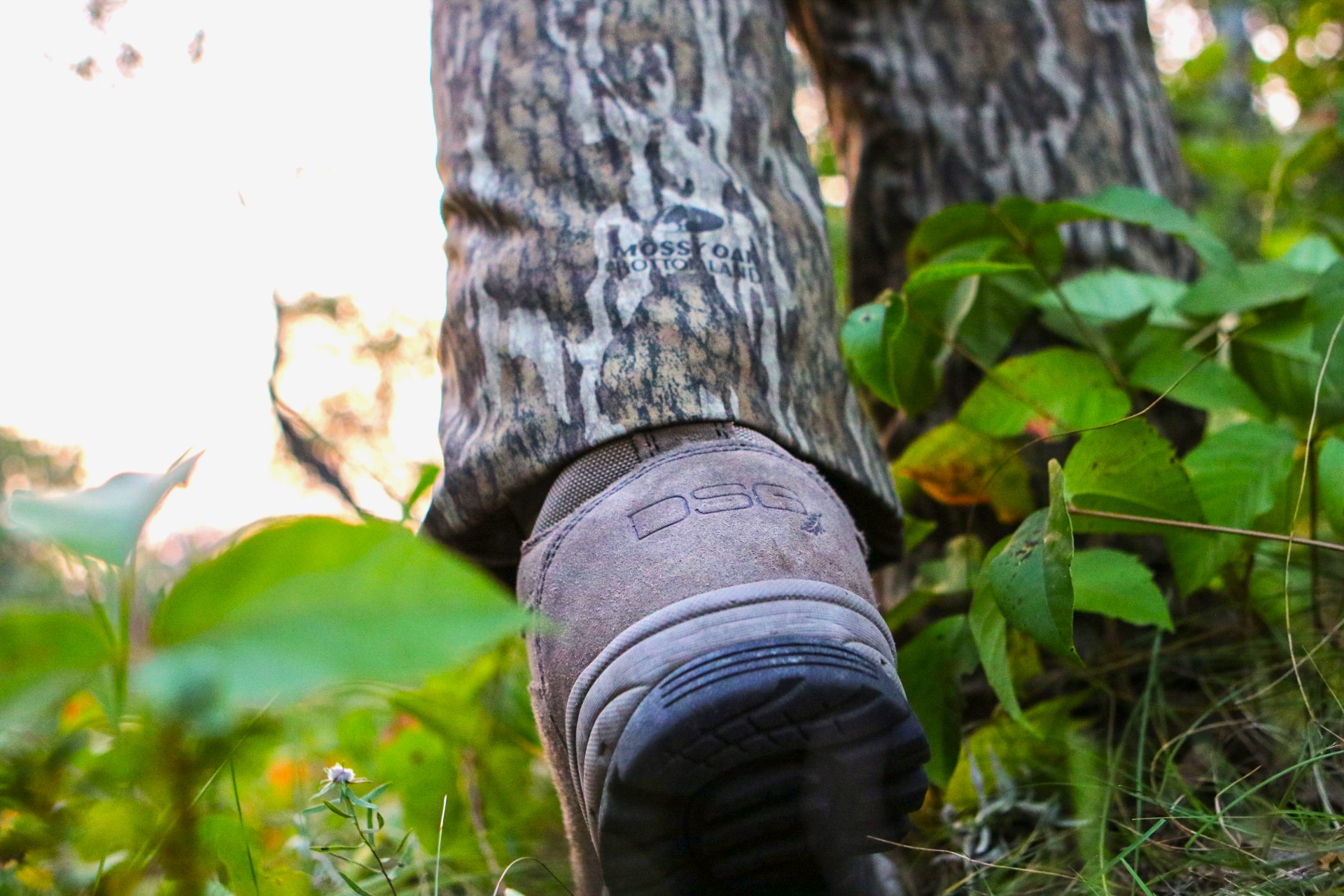
It's also important to note that the threat of poison ivy doesn't end with a single encounter. The plant's oils can adhere to clothing, shoes, and even our furry friends. Regularly wash outdoor gear and clothing and give your pets a good bath after they've been in areas where poison ivy might grow. By minimizing the chance of secondary exposure, you can further reduce the risk of developing a rash.
With a combination of vigilance, prevention, and prompt action, you can navigate the beauty of fall while keeping the discomfort of poison ivy at bay. Stay safe, stay informed, and enjoy the beauty that this season brings!

